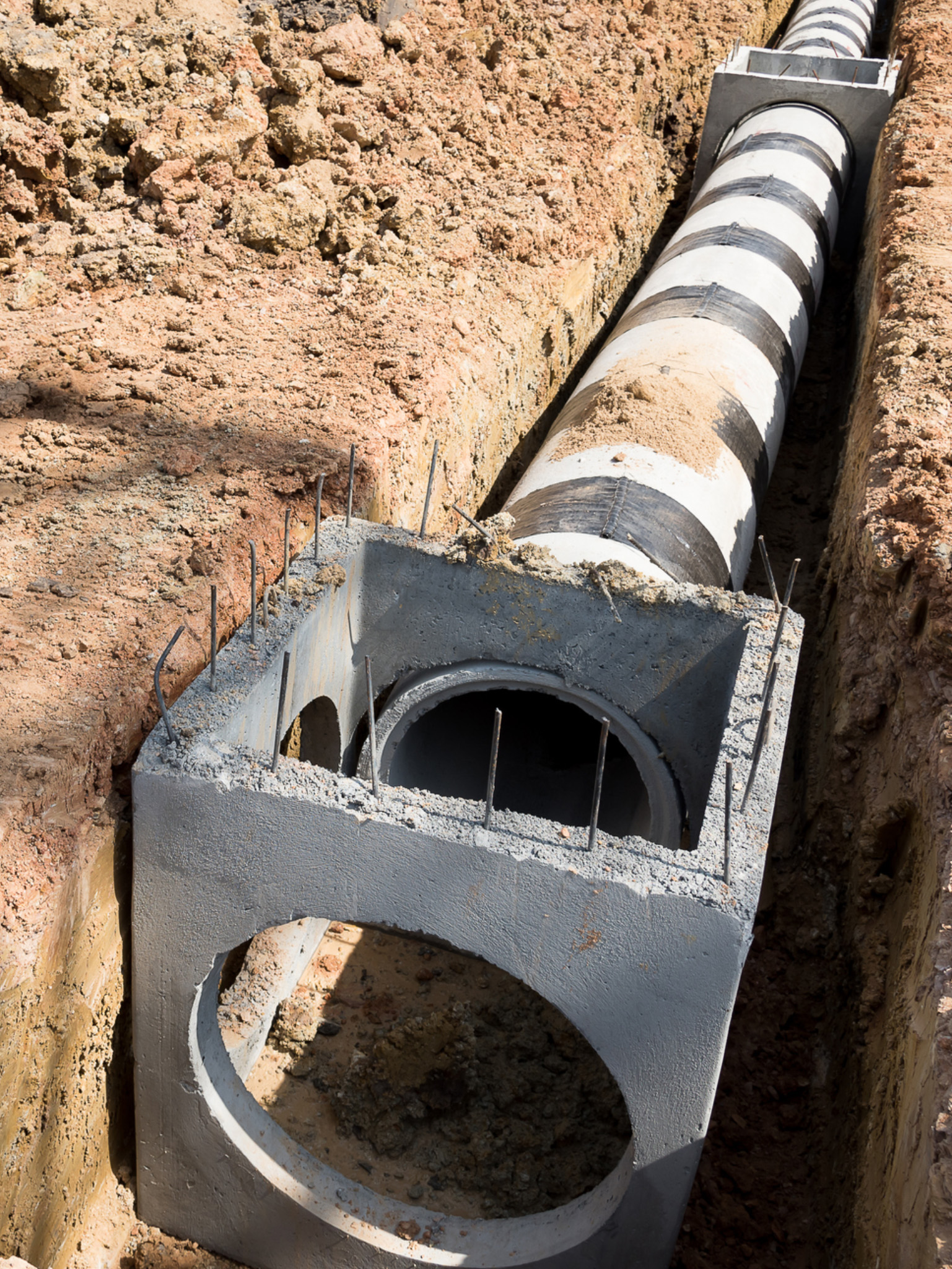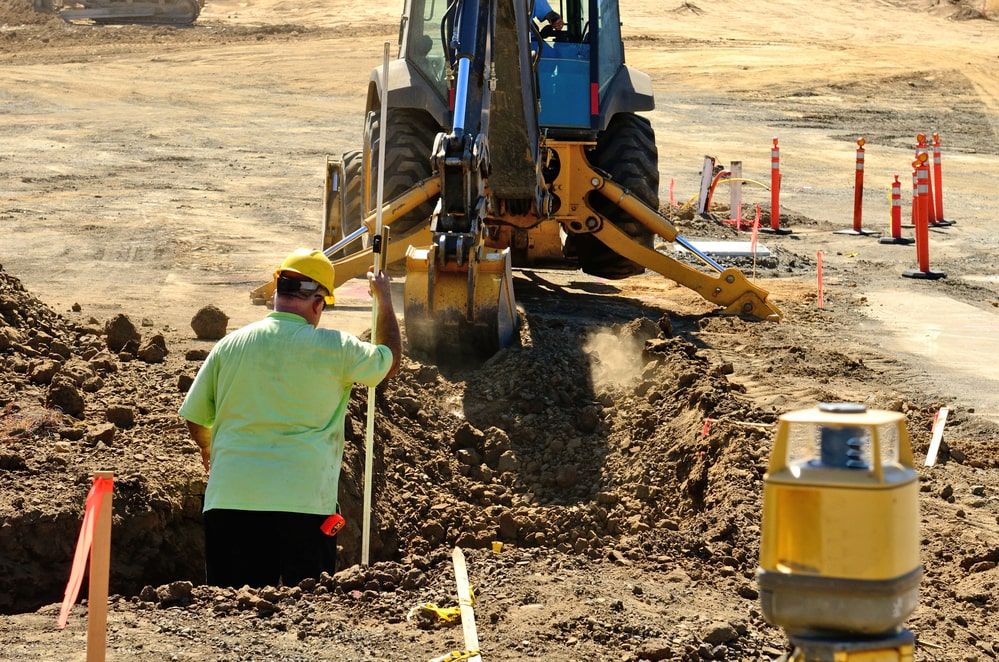Extensive Expedition: The Scientific Research Behind Superior Excavation Practices
The realm of excavation methods is a domain name where scientific research links with workmanship to unearth the secrets hidden under the earth's surface area. From ancient hand tools to modern-day hydraulic excavators, the advancement of excavation methods has been a testament to human ingenuity and technological innovations. However, what really sets superior excavation practices apart is a deep understanding of geological concepts, paired with the application of cutting-edge tools and methods. By discovering the scientific research behind these methods, we can discover the tricks that exist below our feet and value the precision and know-how that go into every dig.
Evolution of Excavation Strategies
Throughout history, the advancement of excavation methods has actually played a vital duty in advancing building and construction methods and historical discoveries. From the fundamental tools utilized by our ancestors to the advanced equipment employed in modern times, the development of excavation approaches has dramatically changed exactly how we approach different projects.
In old times, hands-on labor with standard tools such as shovels, wheelbarrows, and pickaxes was the key method of excavation. This labor-intensive procedure limited the deepness and scope of excavations, usually resulting in slow progress and limited access to specific sites. As worlds advanced, so did the devices and techniques used for excavation.
The Industrial Change marked a turning point in excavation exercise with the intro of steam-powered equipment. This innovation reinvented the area, permitting faster and a lot more considerable excavations. In contemporary times, innovation plays a crucial role in excavation, with improvements like general practitioner systems, drones, and 3D scanning improving accuracy and performance in the field. The advancement of excavation methods continues to shape the way we develop, check out, and comprehend the globe around us.
Role of Technology in Excavation

The combination of innovative modern technology has basically transformed the area of excavation, enhancing accuracy and efficiency to unprecedented levels - lancaster trenching. One of the key technological improvements that has considerably impacted excavation practices is the use of GPS systems.
In addition, the arrival of 3D modeling and simulation software application has structured the planning procedure for excavation tasks. Engineers and operators can now envision the whole excavation process before beginning, recognizing potential difficulties and optimizing workflow. In combination with this, the application of drones in excavation tasks has actually facilitated aerial surveys, volumetric measurements, and site inspections with unrivaled speed and accuracy.
Geological Principles in Excavation
An understanding of geological principles is essential for ensuring the architectural honesty and stability of excavation websites. Geological aspects play a critical function in determining the usefulness and security of excavation projects.
By conducting complete geological surveys and analysis, excavators and engineers can establish approaches to mitigate dangers and make certain the successful completion of excavation tasks. Ultimately, integrating geological concepts right into excavation practices is important for attaining secure, efficient, and sustainable results.
Newest Tools for Excavation
In the realm of excavation practices, modern advancements in tools have revolutionized the performance and precision of excavation helpful hints processes. These drones can give in-depth aerial studies of excavation websites, offering real-time information on topography and prospective hazards.
An additional cutting-edge tool gaining appeal is the application of 3D printing technology for developing customized excavation tools. This enables the production of specialized devices that are tailored to the details demands of a job, raising effectiveness and lowering downtime.
In addition, improvements in materials scientific research have led to the development of more powerful and much more sturdy excavation tools. excavating ohio. Tungsten carbide-tipped excavator add-ons, for instance, deal exceptional performance in difficult ground problems, enhancing performance on-site
Scientific research's Impact on Excavation Practices

In addition, clinical research study on dirt mechanics and geotechnical engineering has actually given important understandings right into dirt behavior, enabling excavation specialists to make educated choices regarding excavation techniques and soil stablizing strategies. Overall, science proceeds to drive technology and enhancement in excavation techniques, making excavation tasks more reliable, affordable, and lasting.

Verdict
In final thought, the development of excavation strategies has actually been considerably influenced by developments in technology and a deeper understanding of geological concepts. The most recent tools and devices utilized in excavation have boosted effectiveness and precision in the area. The application of clinical knowledge has actually substantially improved excavation methods, resulting in more sustainable and reliable techniques for excavating numerous sorts of products.
In the world of excavation techniques, modern innovations in devices have actually reinvented the performance and accuracy of excavation processes. By leveraging scientific principles, the excavation sector has actually been able to substantially improve performance, precision, and security in excavation processes. GPR allows excavation groups to non-invasively check and map subsurface structures, utilities, and possible dangers, enabling them to plan excavation tasks with higher precision and lowered danger of mishaps.
Additionally, clinical research study on soil technicians and geotechnical engineering has provided beneficial insights into dirt habits, allowing excavation specialists to make informed choices relating to excavation Continued methods and dirt stabilization strategies. Generally, science proceeds to drive advancement and renovation in excavation methods, making excavation projects a lot more effective, cost-effective, and lasting.